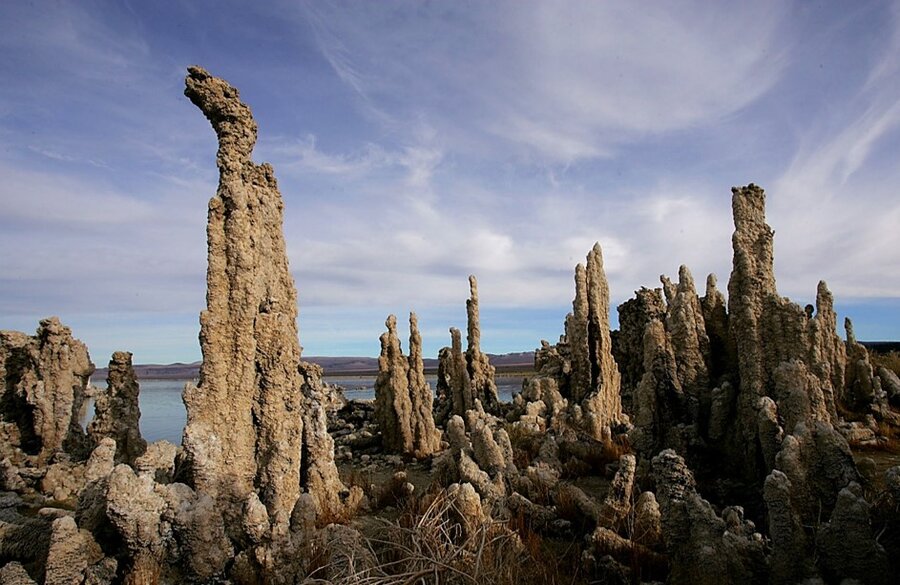A few rare minerals make the Earth unique, say researchers.
Loading...
The presence, however scant, of rare minerals such as cobaltominite, abelsonite, and edoylerite makes the third planet from the sun unique, even among its rocky siblings.
These minerals may form in far-flung caves protected from sunshine, rise from volcanic eruption and vanish in the first rainfall, or be secreted by microbes under duress, reported Jonathan Amos for the BBC. Researchers discuss their taxonomy in a soon-to-be published study in the journal American Mineralogist.
"It's the rare minerals that tell us so much about how Earth differs from the Moon, from Mars, from Mercury, where the same common minerals exist, but it's the rare minerals that make Earth special," Dr. Robert Hazen from the Carnegie Institution in Washington, DC, a co-author of the study, told the BBC.
The researchers classified roughly 2,500 of the rarest minerals on the planet in terms of both abundance and location. The new catalog could provide a resource to explore their potential contribution to both industry and science.
Roughly 100 abundant minerals such as quartz, feldspar, cobalt, and mica make up most of Earth's supply, but mineralogists have found 5,000 different minerals on the planet's surface, writes Deborah Netburn for the LA Times. The study classifies 2,500 by their rare characteristics: forming only under extreme conditions, dissolving or disappearing quickly, appearing in difficult-to-reach places, or being composed of rare elements.
The mineral fingerite meets all of these conditions. It forms from the gases of the active Izalco Volcano in El Salvador, occurs only when vanadium and copper come together in the correct proportions, and dissolves after the first rainstorm. The researchers who discovered it could gather only a few milligrams – the "perfect storm of rarity," Hazen told the BBC.
In deciding to classify the rare minerals, the researchers acknowledged that discovering new minerals is no longer the primary aim of mineralogy. The paper on fingerite, for example, was published back in 1985.
"Rock-forming minerals understandably attract the greatest attention in the mineralogical literature, whereas the discovery of new minerals, which are usually extremely rare, no longer represents the central pursuit of many mineralogists," Hazen, along with co-author Jesse Ausubel of Rockefeller University, wrote in a pre-print of the study.
The researchers wrote that as conservation has fueled intense study into rare species previously on the fringes of biology, scientists have discovered they often play a key role in their ecosystems, even in small numbers. These findings prompted them to explore the "rare species" of their own field – mineralogy.
"And you ask: why study them; they seem so insignificant? But they are the key to the diversity of the Earth's near-surface environments," Dr. Hazen told the BBC.
Their findings brought them back to biology, as many rare minerals rely on biological phenomena to form. This is the case for hazenite, a mineral discovered by one of Hazen's students. It forms when California's Mono Lake dries out and microbes, stressed by rising phosphorus levels, secrete the mineral.
"They're basically microbial poop," Hazen told the LA Times. "People tell me, 'Hazenite happens.'"








